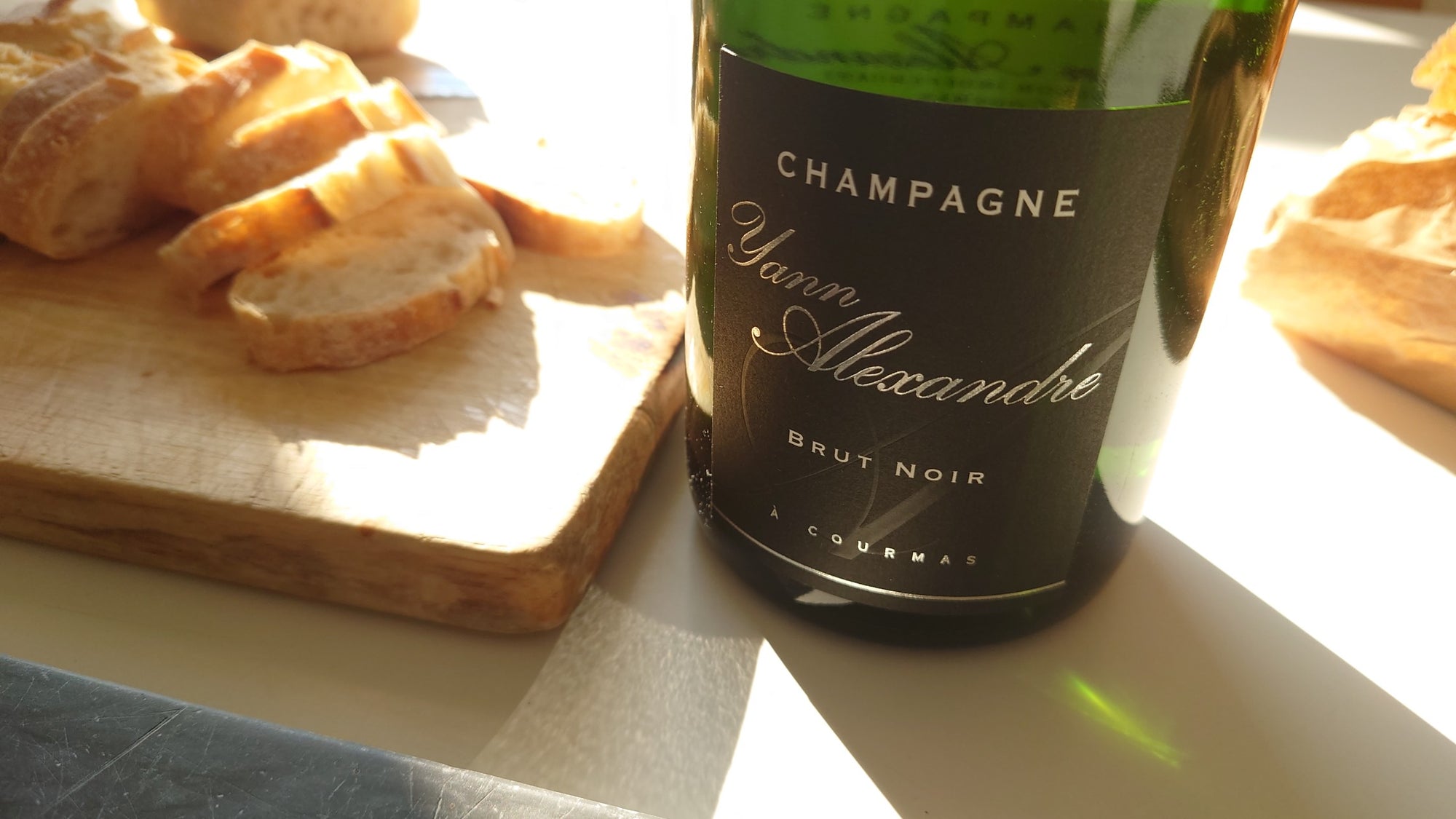 pu⋅ri⋅ty [pyoor-i-tee]
1. the condition or quality of being pure; freedom from anything that debases, contaminates, pollutes, etc.: the purity of drinking water.
2. freedom from any admixture or modifying addition.
3. ceremonial or ritual cleanness.
4. freedom from guilt or evil; innocence.
5. physical chastity; virginity.
6. freedom from foreign or inappropriate elements; careful correctness: purity of expression.
7. Optics. the chroma, saturation, or degree of freedom from white of a given color.
8. cleanness or spotlessness, as of garments.
“This wine has great purity and elegance.”
-fake generic wine note
Purity is a wine term you will most likely hear more and more of. It’s one of those terms that can be easily misused by BS artists but has become an established term in wine vocabulary, especially by the proponents of real wine.
Yesterday, at the Caves de Pyrene Real Wine show in London I was struck by how many time I heard the terms ‘purity’ or ‘pure’. The seemingly incongruous part is that many of these wines are funky, cloudy and completely the opposite of purity in the hygienic laboratory sense of the word. The Château du Cèdre Cahors Héritage which was mentioned in my previous post was there, this time the 2007 but still with a whiff of bretty earthiness. In this way purity a strange wine term since it doesn’t apply so much to the immediate tasting experience as the ideas behind the wine. Wine is pure or real because it is unadulterated.
The terms real and pure in the wine world actually refer to the same thing: wine that has minimal intervention in the wine making process; wine that is as natural as can be without succumbing to the natural forces that would make it vinegar.
The best description I know of real (or by extension, pure) wine is by Louis/Dressner Wines in 1999. It’s not an accident that these terms have grown in popularity since the wines they describe are some of the most delicious and interesting around.
pu⋅ri⋅ty [pyoor-i-tee]
1. the condition or quality of being pure; freedom from anything that debases, contaminates, pollutes, etc.: the purity of drinking water.
2. freedom from any admixture or modifying addition.
3. ceremonial or ritual cleanness.
4. freedom from guilt or evil; innocence.
5. physical chastity; virginity.
6. freedom from foreign or inappropriate elements; careful correctness: purity of expression.
7. Optics. the chroma, saturation, or degree of freedom from white of a given color.
8. cleanness or spotlessness, as of garments.
“This wine has great purity and elegance.”
-fake generic wine note
Purity is a wine term you will most likely hear more and more of. It’s one of those terms that can be easily misused by BS artists but has become an established term in wine vocabulary, especially by the proponents of real wine.
Yesterday, at the Caves de Pyrene Real Wine show in London I was struck by how many time I heard the terms ‘purity’ or ‘pure’. The seemingly incongruous part is that many of these wines are funky, cloudy and completely the opposite of purity in the hygienic laboratory sense of the word. The Château du Cèdre Cahors Héritage which was mentioned in my previous post was there, this time the 2007 but still with a whiff of bretty earthiness. In this way purity a strange wine term since it doesn’t apply so much to the immediate tasting experience as the ideas behind the wine. Wine is pure or real because it is unadulterated.
The terms real and pure in the wine world actually refer to the same thing: wine that has minimal intervention in the wine making process; wine that is as natural as can be without succumbing to the natural forces that would make it vinegar.
The best description I know of real (or by extension, pure) wine is by Louis/Dressner Wines in 1999. It’s not an accident that these terms have grown in popularity since the wines they describe are some of the most delicious and interesting around.
Tasting Terms: Purity
 pu⋅ri⋅ty [pyoor-i-tee]
1. the condition or quality of being pure; freedom from anything that debases, contaminates, pollutes, etc.: the purity of drinking water.
2. freedom from any admixture or modifying addition.
3. ceremonial or ritual cleanness.
4. freedom from guilt or evil; innocence.
5. physical chastity; virginity.
6. freedom from foreign or inappropriate elements; careful correctness: purity of expression.
7. Optics. the chroma, saturation, or degree of freedom from white of a given color.
8. cleanness or spotlessness, as of garments.
“This wine has great purity and elegance.”
-fake generic wine note
Purity is a wine term you will most likely hear more and more of. It’s one of those terms that can be easily misused by BS artists but has become an established term in wine vocabulary, especially by the proponents of real wine.
Yesterday, at the Caves de Pyrene Real Wine show in London I was struck by how many time I heard the terms ‘purity’ or ‘pure’. The seemingly incongruous part is that many of these wines are funky, cloudy and completely the opposite of purity in the hygienic laboratory sense of the word. The Château du Cèdre Cahors Héritage which was mentioned in my previous post was there, this time the 2007 but still with a whiff of bretty earthiness. In this way purity a strange wine term since it doesn’t apply so much to the immediate tasting experience as the ideas behind the wine. Wine is pure or real because it is unadulterated.
The terms real and pure in the wine world actually refer to the same thing: wine that has minimal intervention in the wine making process; wine that is as natural as can be without succumbing to the natural forces that would make it vinegar.
The best description I know of real (or by extension, pure) wine is by Louis/Dressner Wines in 1999. It’s not an accident that these terms have grown in popularity since the wines they describe are some of the most delicious and interesting around.
pu⋅ri⋅ty [pyoor-i-tee]
1. the condition or quality of being pure; freedom from anything that debases, contaminates, pollutes, etc.: the purity of drinking water.
2. freedom from any admixture or modifying addition.
3. ceremonial or ritual cleanness.
4. freedom from guilt or evil; innocence.
5. physical chastity; virginity.
6. freedom from foreign or inappropriate elements; careful correctness: purity of expression.
7. Optics. the chroma, saturation, or degree of freedom from white of a given color.
8. cleanness or spotlessness, as of garments.
“This wine has great purity and elegance.”
-fake generic wine note
Purity is a wine term you will most likely hear more and more of. It’s one of those terms that can be easily misused by BS artists but has become an established term in wine vocabulary, especially by the proponents of real wine.
Yesterday, at the Caves de Pyrene Real Wine show in London I was struck by how many time I heard the terms ‘purity’ or ‘pure’. The seemingly incongruous part is that many of these wines are funky, cloudy and completely the opposite of purity in the hygienic laboratory sense of the word. The Château du Cèdre Cahors Héritage which was mentioned in my previous post was there, this time the 2007 but still with a whiff of bretty earthiness. In this way purity a strange wine term since it doesn’t apply so much to the immediate tasting experience as the ideas behind the wine. Wine is pure or real because it is unadulterated.
The terms real and pure in the wine world actually refer to the same thing: wine that has minimal intervention in the wine making process; wine that is as natural as can be without succumbing to the natural forces that would make it vinegar.
The best description I know of real (or by extension, pure) wine is by Louis/Dressner Wines in 1999. It’s not an accident that these terms have grown in popularity since the wines they describe are some of the most delicious and interesting around.


Comment
Again “pure” seems to be a sensationalist term, even if less so than than any descriptor appended with “bomb”. Given two similar wine reviews, one describing a wine as pure and one not mentioning purity, the consumer would most certainly gravitate towards the “pure” wine and the wine review lacking a purity descriptor would almost be considered “unpure”. The fact that purity is misused and misunderstood by both the critic and consumer makes it, ironically, a murky and unclear situation.